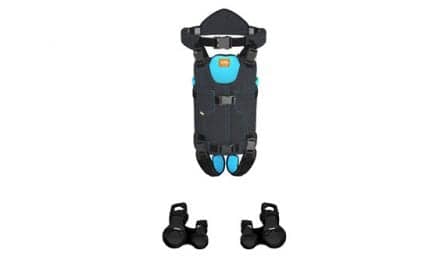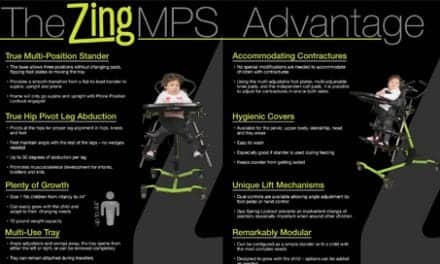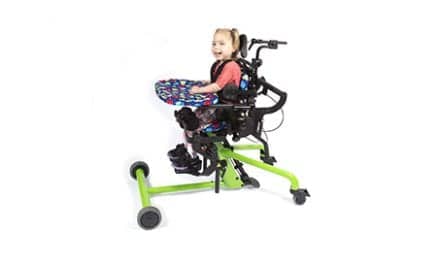Rehab Management doesn’t publish a “Technology” issue, but two features in this issue focus on technologies that are key among many therapists: wheelchairs and standing systems. As this year’s International Seating Symposium prepares to kick off, and with it a showcase of the latest mobility technologies, I feel drawn toward far-sighted discussion about these devices. Without getting bogged down in blueprints and spec sheets, I’d like to mull the road ahead in what we’ll temporarily call the “What If” issue.
Before we project where we’re going, however, let’s review where we’ve been. Following is an accounting of the quantum leaps in wheelchair technology thus far:
• 4000 BC: Wheel invented
• 1595 AD: Spain’s Philip II takes ownership of the first dedicated wheelchair.
That’s about it.
To my thinking, there hasn’t been much that is truly revolutionary among mobility devices since someone attached a platform to an axle and wheels. Not convinced? Observe the ox cart, which uses similar technology. To its credit, the ox cart has enjoyed wild commercial success for millennia, and demanded very little R&D to maintain its marketplace position.
Devices such as the ox cart simply reach a technological plateau, and become commodities. This phenomenon breeds a question in my mind about whether wheeled mobility devices have reached a technological peak? And, if so, what comes next?
My curiosity about whether mobility technology has reached an evolutionary terminus stems from my belief that for several hundred years the advances among mobility devices amount mostly to refinements in materials and functional design. Alloys have made them lighter, and electronics have made them accessible. Despite these improvements, however, several ancient shortcomings persist for today’s users just as they did for Philip II in 1595. For example, therapists and users still battle pressure ulcers and upper extremity overuse injuries, which have yet to be engineered out of the technology.
If wheeled mobility devices have plateaued, are exoskeletons their successors? Exoskeletons certainly play well in the media. In fact, just this summer, they made headlines for enabling a disabled bride and groom to walk down church aisles and recite wedding vows. Good story, great photo op. Seems like a technology with a future.
On the down side exoskeletons are clunky and expensive. But those factors alone shouldn’t be reason to disregard them. Not long ago, your smartphone needed the space of a PBX call center, a television-stereo console, and several photo albums to do its thing. Now it fits in your pocket.
Perhaps the next leap forward will not be a sexy new technology at all. What if the next big thing in keeping people with mobility impairments engaged in their communities is a change in thinking about how the devices themselves are manufactured?
To my point, a 21-year-old engineering student from the United Kingdom, Cara O’Sullivan, recently suggested that a great benefit to mobility device users worldwide—particularly those in developing nations—would be wide proliferation of uniform parts. She posits that interchangeable spare parts would be a boon where poor areas are flush with donated wheelchairs but lack resources to maintain them. O’Sullivan points out that village craftsmen and mechanics can keep an ancient Toyota running almost indefinitely by using parts from similar small cars, but not so with highly tailored wheelchairs. Uniform hardware could change that.
This approach could be used to transform the upkeep of a purchased or donated mobility device from something that only monied households can afford, to an expense that even a Bangladesh farm worker could pay. What would happen if everyone who receives the gift of a mobility device could actually afford to maintain it throughout a lifetime.? Yes, indeed, what if? RM
—Frank Long






